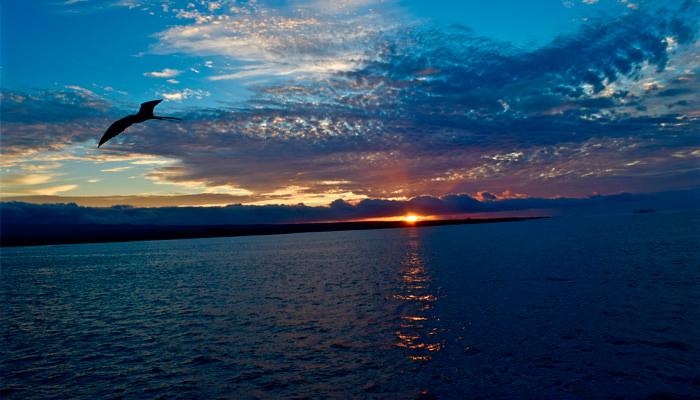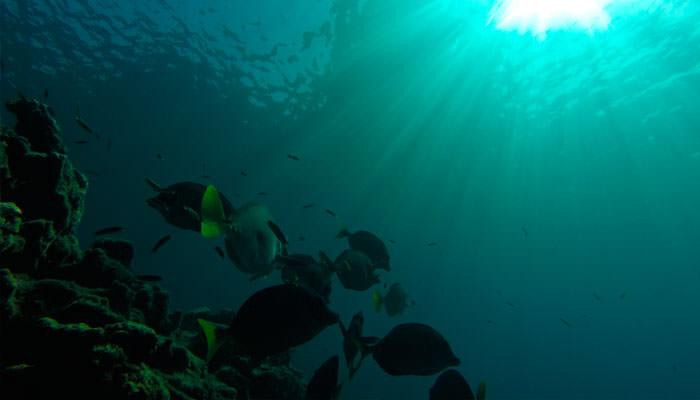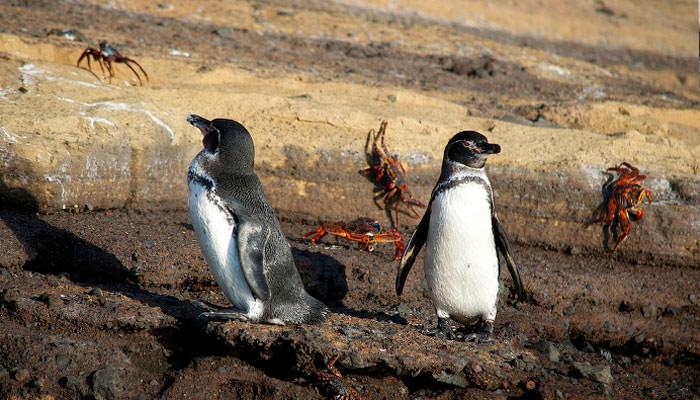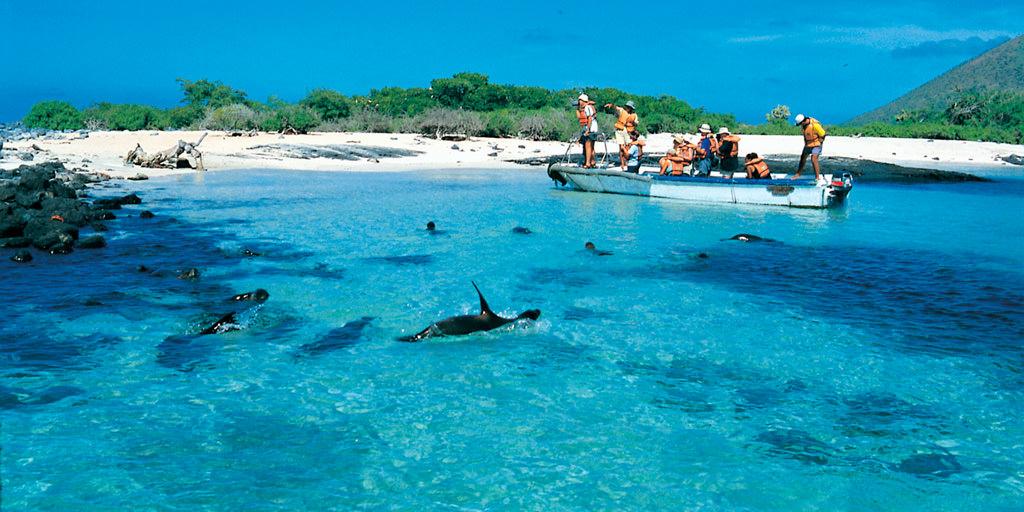The Galapagos Islands are comprised of thirteen primary islets, of which only four are populated. It is situated over 500 miles offshore from the mainland of Ecuador and is home to an assortment of exotic animals, including lava lizards and giant sea tortoises. Renowned biologist Charles Darwin conducted some of his studies in this islands that have kept drawing in tourists who are captivated by the islands and have a desire to catch a glimpse of its unspoiled natural habitats. There isn’t a wrong or right time to travel to the region as the two distinct seasons that exist in the Galapagos Islands have their own set of benefits.
Anyway, here’s a some info on the Galapagos climate and Seasosn so that you may determine what is the Best Time To Visit Galapagos Islands?
The Two Peak Tourist Seasons
The first of the peak tourist seasons in Galapagos Islands runs from June through September and the second runs from December to January. The Islands’ national park has a limit to the number of visitors that can come to the Islands during this period.
The Best Time to See the Wildlife
Unlike many wildlife destinations, animals in Galapagos Islands can be seen year-round. You may have to take into consideration the fact that their behavior varies. Do you want to swim with baby sea lions, play with penguins, sea turtles laying their eggs or see tortoises hatching? If you want to see particular species or catch mating, birthing or nesting seasons, you can choose your vacation time according to the Galapagos Islands two seasons.

The Two Seasons of the Galapagos Islands
The islands are isolated, so the Galapagos climate is, determined almost entirely by the ocean currents, which in turn are influenced by the trade winds which push the currents.
The Galapagos is a major intersection of several currents, which vary in intensity during the year as their driving trade winds blow and then weaken in a cycle that gives two distinct seasons to the islands – the rainy season and the dry season. These currents also control the pattern and variety of Galapagos plant and animal life. The Galapagos climate is unusually dry for the tropics and the two main seasons each have a dramatic effect on the vegetation.
Rainy Season
The rainy season in the region lasts from December through May. During this period, the air and water temperatures are warmer, but there is a daily drizzle that blankets Galapagos during intermittent spells. This season also features the calmest seas of the year and the sunniest skies.
From January to June, air temperatures are warm, and the skies are usually clear with occasional heavy rain showers.
During the warm season, the southeast trade winds, which drive the cool currents, diminish in strength and warmer waters from the Panama Basin flow through the islands. The average sea temperature in Academy Bay rises to 25°C. The warmer waters cause the cool season inversion layer to break up, and normal convective cloud-forming occurs. The islands experience a more typical tropical climate with blue skies and occasional heavy rain showers.
In some years, the flow of warm waters is much greater than normal, and an “El Niño” year results. Surface water temperatures are higher, and rainfall can increase considerably. Life on land burgeons but seabirds, which depend on the productive cooler waters, may experience dramatic breeding failures.
What to Enjoy During the Rainy Season
The more peaceful waters and warmer weather of the rainy season make it the best time to travel to the region if snorkeling and swimming are on your agenda. Getting seasick during a cruise is less likely due to occur due to the calm ocean waters.
Additionally, this season coincides with the island’s sea lions and sea turtles breeding seasons. The months of March and April ushers in newborn wildlife around the islands, as well as the blossoming of flowers which gives the region an atmosphere that is full of color and life.

Dry Season
The dry season starts in June and runs through November. During this period, the Humboldt current of the Pacific Ocean passes along the coast of South America which results in cooler temperatures and colder waters to the Galapagos Islands. This current also brings nutrients like plankton which draws more fish and birds to the region. Overcast conditions run on most days, though rainfall is scarce. The seas get choppier, and the winds pick up as the season progresses.
From June to December, the air is cooler from 24 to 16°C, the skies are often lightly overcast or cloudy, and there is virtually no precipitation in the lowlands, while the highlands are almost continually wet with light rain “showers” called “garua”. During the garua season, prevailing winds are from the southeast, and the sea is often choppier compared to the wet season winds that cause the sea to be gentler.
During the garua season, cooler waters from the Humboldt (Peru) Current are dominant with average sea temperatures of 22°C in Academy Bay. As a result, air temperatures are cool, and an inversion layer is created. The moisture evaporating from the sea is concentrated in this inversion layer (300 to 600 m above sea level) and only the higher parts of islands, which intercept this layer, receive rain. The lowland areas remain dry yet cool.
What to Enjoy During the Dry Season
The dry season is the ideal period for seabird observation and underwater diving. Albatrosses and Penguins flock to the islands due to the colder waters and the abundance of fish. A large number of marine life move to the region after the Humboldt Current. Genovesa and blue-footed boobies owls perform mating rituals, and the region brims with winged creatures.

The Inter-Seasonal Period
Between seasons, the weather is highly variable and unpredictable. This inter-seasonal period may last as much as a couple of months, and the dates may vary from year to year. The climate in different parts of the archipelago is also varied. Sea temperature in the islands ranges from as low as 16°C to as high as 28°C, depending on season and site.
The Galapagos weather is distant from any other land mass, and consequently, their climate is largely determined by the ocean currents which bathe the archipelago. The variation in rainfall with altitude is a result of this inversion layer and has important consequences for the zonation of vegetation. Not only do higher parts of the islands receive more rain but this rain is concentrated on the southern and eastern slopes. The northern slopes of islands and islands in the rain shadow of other islands remain much drier.



Comments